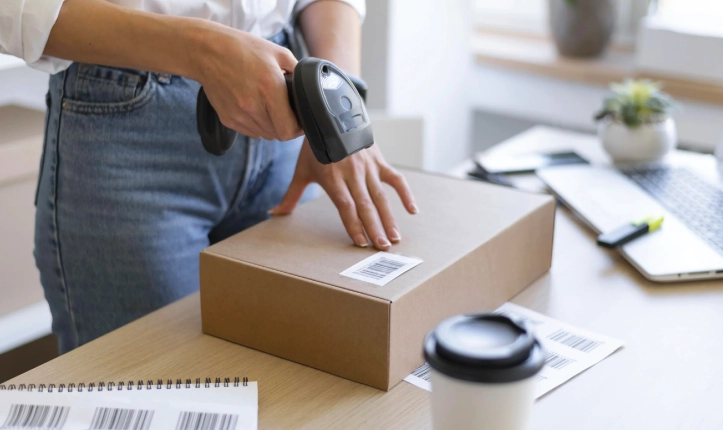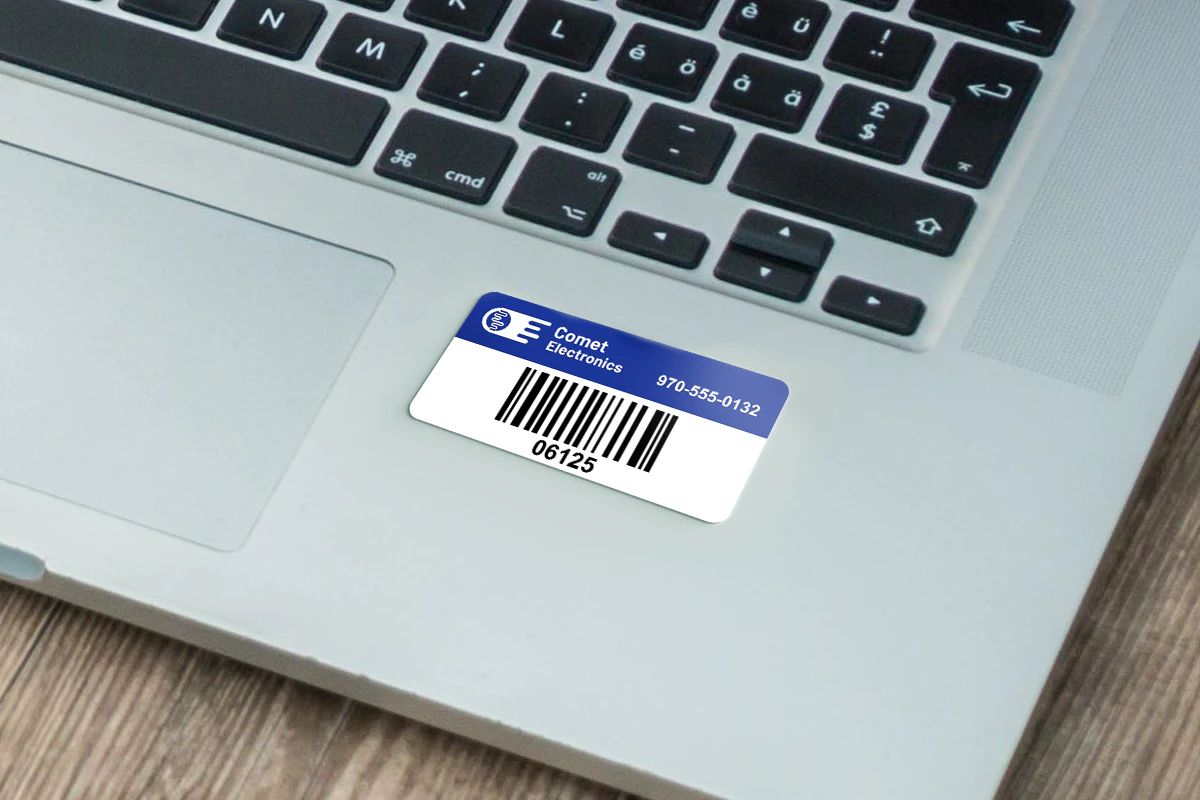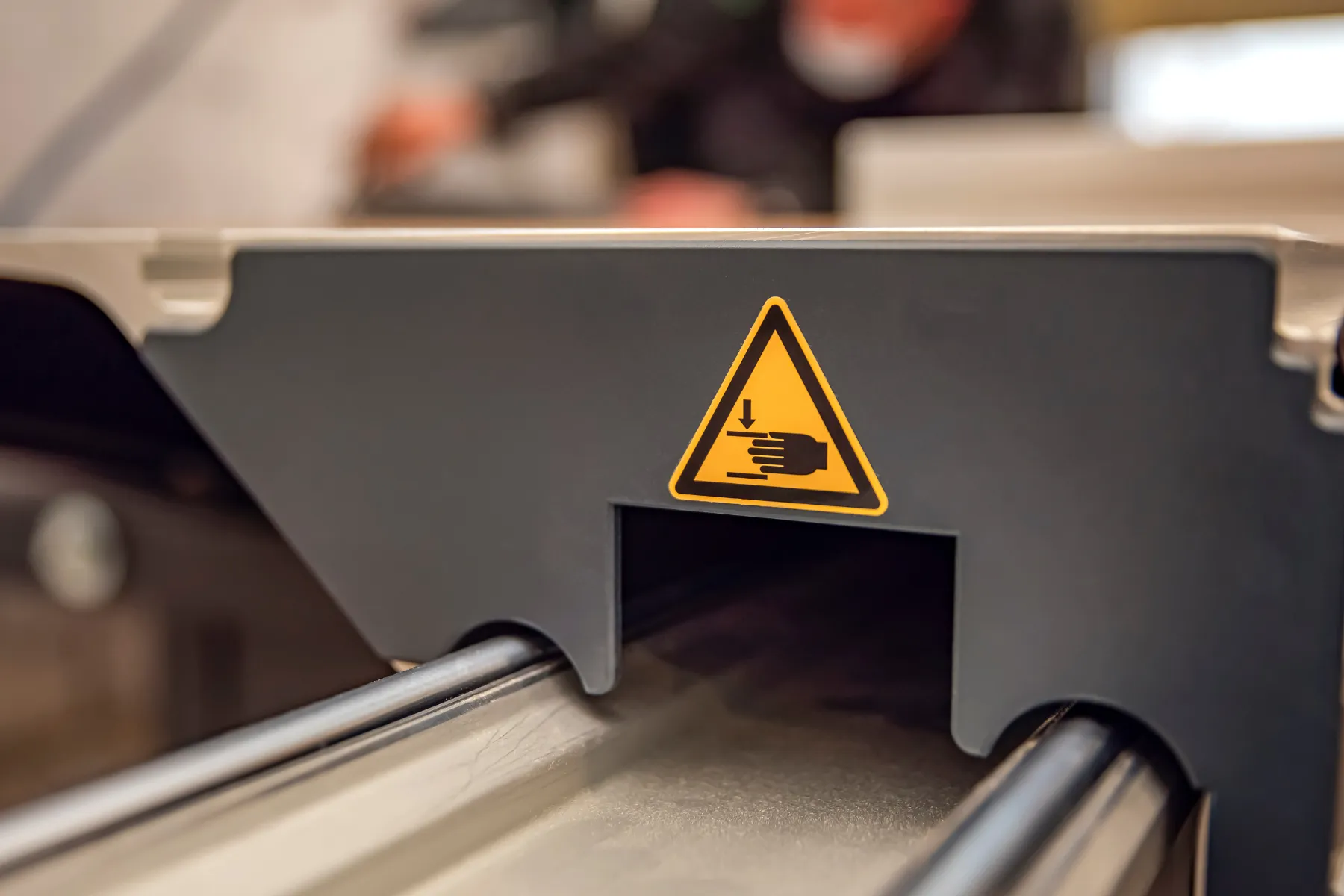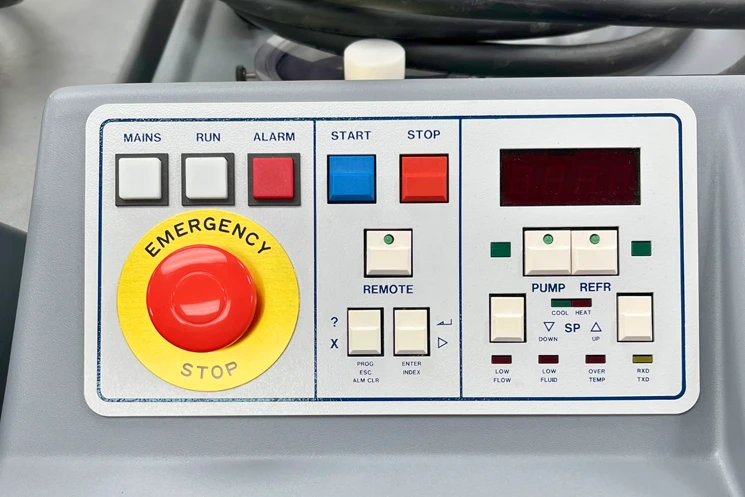There are many barcode formats to choose from, which can be confusing. In this guide, we will help you understand the most popular 1D and 2D barcode types. We will also cover their common uses and the characters they support.
If you need asset tags or product labels, check out our wide range of options. We have asset tags and barcode labels to fit your needs. Let’s explore barcode types such as Code 39, Code 128, UPC, EAN, Interleaved 2 of 5, Codabar, QR code, Data Matrix, and PDF417.
| Barcode Type | Category | Best Use | Data Capacity |
|---|---|---|---|
| UPC (Universal Product Code) | 1D Barcode | Retail product labeling | 12 digits (numeric only) |
| EAN (European Article Number) | 1D Barcode | Retail (International ISBNs, product labeling) | 8-13 digits (numeric only) |
| Code 39 | 1D Barcode | Asset tracking, industrial applications | 43 characters (alphanumeric) |
| Code 128 | 1D Barcode | Supply chain, logistics | All ASCII 128 characters |
| QR Code | 2D Barcode | Marketing, business cards, payments | Over 7,000 characters |
| Data Matrix | 2D Barcode | Small-item labeling, pharmaceuticals | Up to 2,335 alphanumeric characters |
| PDF417 | 2D Barcode | IDs, transport, government forms | 1,800+ characters |
One-Dimensional (1D) Barcodes
One-dimensional, or 1D, barcodes are the traditional types that you’re most likely familiar with. Barcodes are lines on a background used for labeling products and managing assets. We encode data using the width and spacing of the lines. The popular 1D types of bar codes include Code 39, Code 128, UPC, EAN, and Interleaved 2 of 5.
Code 39 Barcodes:
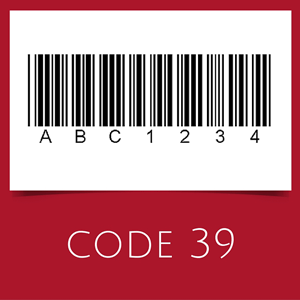
Almost any barcode reader are capable of scanning the Code 39, which is a widely used, general-purpose barcode. The automotive industry commonly uses it, and businesses also use it for asset tracking.
Originally capable of encoding only 39 characters, it can now handle 43. Code 39 suits asset/property ID tags, parking permits, and industrial applications. It supports uppercase alphanumeric code, including special characters. Code 39 barcodes are compatible with almost all barcode scanners.
Code 128 Barcodes:
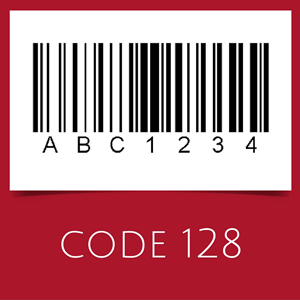
Code 128 barcodes are compact and high-density, allowing for larger sets of numbers. Supply chain applications and asset management often use them. Code 128 can encode all ASCII 128 characters, including upper/lowercase alphanumeric and special characters.
UPC Barcodes:
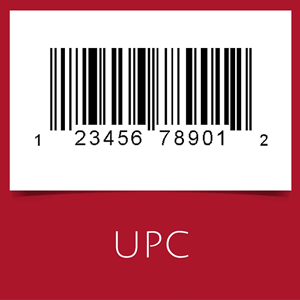
UPC (Universal Product Code) barcodes are mandatory for retail products, especially in the United States. UPC-A has 12 numbers, while UPC-E is for small products with less packaging space. Designers create UPC barcodes for product labels and they only support numeric characters.
EAN Barcodes:
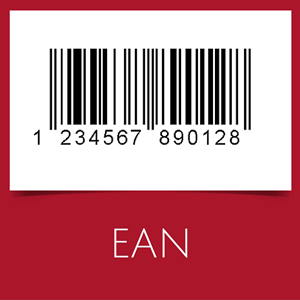
Retail products, mainly in Europe, require EAN (European Article Number) barcodes, which are similar to UPC codes. EAN-13 encodes 13 numeric digits, and EAN-8 codes are compressed versions for smaller products. ISBNs (International Standard Book Numbers) are unique numeric identifiers encoded in EAN barcodes. Product labels widely use EAN barcodes, which only support numeric characters.
Interleaved 2 of 5 (ITF) Barcodes:
Companies worldwide widely use ITF barcodes on packaging because they enable precise printing for corrugated cardboard. Scanner readability often requires printing these barcodes with a black border. ITF barcodes support numeric characters only and are suitable for packaging applications.
Two-Dimensional Barcodes (2D Barcode Labels)
Developers created two-dimensional, or 2D, barcodes to store more information and provide increased fault tolerance. These barcodes are usually square-shaped and use symbols and shapes to represent data. The popular 2D barcode labels‘ symbologies include QR codes, Data Matrix, and PDF417.
QR Barcode Types and QR Code Models
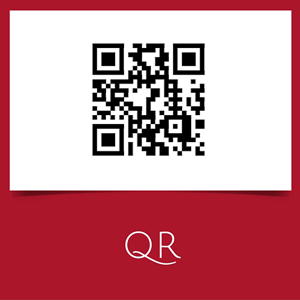
QR codes are the most widely recognized 2D barcodes, available in various types and models.
They can be micro QR codes for small packages or regular QR codes for business cards and ads. These codes are flexible and can handle errors well. Learn more about creative QR code design on our blog QR Code Design Ideas for Marketing and Asset Management.
Data Matrix Barcodes:
Data Matrix codes are 2D barcodes of black and white modules arranged in square or rectangular patterns. They are compact and ideal for labeling small items. Data Matrix codes have high fault tolerance and fast readability. They can store up to 2,335 alphanumeric characters.
PDF417 Barcodes:
PDF417 codes are 2D barcodes used for storing lots of data in applications like ID, transport, and inventory. Each code pattern consists of four bars and spaces, with a length of 17 units. PDF417 codes are powerful and can hold over a kilobyte of machine-readable data. They support all characters.
Enhancing Barcode Labels for Industry Applications
Understanding the different types of barcode labels is essential for selecting the right one for your custom barcode label. Choose between a 1D or 2D barcode based on its features, supported characters, and typical applications. By choosing the appropriate barcode, you can enhance product labeling, asset management, and overall efficiency in various industries.
After deciding on the ideal barcode, print barcode labels for your application. Explore our barcode selections for a wide selection of custom-printed labels to meet your labeling requirements. If you want to generate your own barcodes using a spreadsheet, check out our easy guide on how to use a barcode font for Excel.
We offer custom asset tags with various types of barcodes included for free in your design. We also offer product labels with UPC barcodes and many other barcode labels.
Size Needed for PDF417 vs Barcode vs Code128
The size requirements for PDF417, Barcode (typically referring to 1D barcodes like Code39 or EAN-13), and Code128 vary depending on the amount of data encoded, the scanner’s resolution, and the printing quality. Here’s a quick breakdown:
PDF417
➡️ Type: 2D stacked linear barcode.
➡️ Size: Variable; grows with the data encoded. Minimum size is 1.5 x 0.5 inches, but larger for more data.
➡️ Usage: Common for IDs, shipping labels, or forms with large data storage.
➡️ Capacity: Can hold up to 1,800 characters, making it perfect for detailed labels.
1D Barcode (e.g., EAN-13, UPC)
➡️ Type: Linear (1D) barcode.
➡️ Size: Fixed height; width depends on the data. EAN-13 minimum size is 1.02 x 0.75 inches at 100% magnification.
➡️ Usage: Ideal for retail packaging or simple product labeling.
➡️ Capacity: Typically encodes numeric or limited alphanumeric data.
Code128
➡️ Type: Linear barcode with high-density encoding.
➡️ Size: Compact; minimum size is 1.25 x 0.5 inches for shorter codes.
➡️ Usage: Excellent for inventory tracking, product IDs, or encoding versatile data.
➡️ Capacity: Encodes the full ASCII character set, offering flexibility.
Pro Tip
Always leave enough quiet zone (empty space) around your barcodes to ensure scanners can read them effectively. Perfect for asset tags and equipment labels!
Barcode Labels FAQs
Yes! PDF417 is great for detailed asset tags, while Code128 works well for inventory and product IDs. 1D barcodes like UPC or EAN are ideal for retail and simpler labeling needs. Always ensure the barcode size matches your scanner’s capability.
Barcode size and quiet zones (empty space around the barcode) are crucial for accurate scanning. Small sizes may work, but larger barcodes are often easier to scan, especially for detailed data or lower-quality printing.
PDF417 is the best option for large data storage, as it can hold up to 1,800 characters. This makes it ideal for shipping labels, identification cards, and detailed equipment labels.
Code128 barcodes are compact and versatile. A small Code128 barcode can fit into a space of about 1.25 x 0.5 inches, but the size will expand depending on the amount of data encoded.
1D barcodes, such as EAN-13 or UPC, have fixed height and variable width. The minimum size for an EAN-13 barcode is around 1.02 x 0.75 inches at standard magnification. The width increases with the length of the data.
PDF417 barcodes are flexible in size and grow based on the data stored. The minimum size is typically around 1.5 x 0.5 inches, but larger dimensions are needed for encoding more information, such as IDs or detailed asset tags.
Similar to UPC barcodes, EAN (European Article Number) codes are primarily used in Europe. EAN-13 and EAN-8 formats encode numeric characters, ideal for retail. Settings that require international product labeling use linear barcodes like EAN.
Universal Product Code (UPC) barcodes are mandatory in retail, especially in the United States. The primary types are UPC-A and UPC-E. While UPC-A contains 12 digits, UPC-E is a compressed version used for smaller products. These types of UPC barcodes are essential for product labels in point-of-sale transactions.
Code 39 and Code 128 are widely used bar code formats with distinct advantages. Code 39 is a general-purpose barcode that can use letters and numbers. In contrast, Code 128 is compact and high-density.
It can encode all ASCII characters. This makes Code 128 great for asset management and supply chain uses. Both types support barcode symbology types for various industries, but Code 128 is better for high-density data storage.
Many linear barcodes use 13 digits, especially in EAN-13 codes, to represent product data and pricing in retail applications.
Yes, QR codes are versatile and can be scanned in various orientations, making them suitable for dynamic applications in marketing and product labeling.
1D barcodes, such as UPC and EAN, are linear and hold less data. 2D barcodes, like QR and PDF417, are matrix-based, storing more data in a compact form, with increased fault tolerance.
QR codes come in different types. Micro QR codes are for small spaces. Regular QR codes are for general use.
Some QR codes have different error correction levels. This helps ensure they can be scanned reliably.
Code 39 supports alphanumeric characters and companies use it in asset tagging and industrial applications. In contrast, Code 128 is a high-density barcode. It supports all ASCII characters and many people often use it in the supply chain because of its compact design.
There are two main types of barcodes. The first type is 1D barcodes, which include formats like Code 39, Code 128, and UPC. The second type is 2D barcodes, which include matrix formats like QR codes and Data Matrix.
